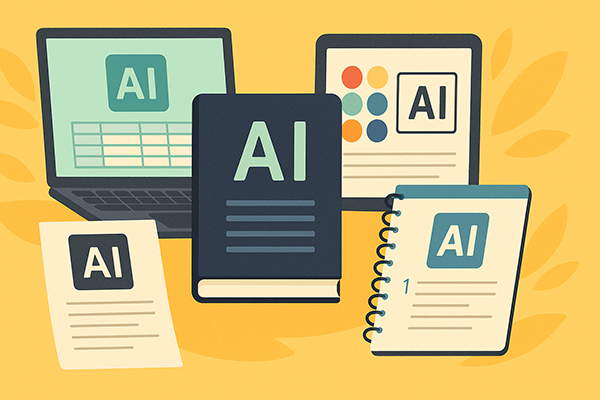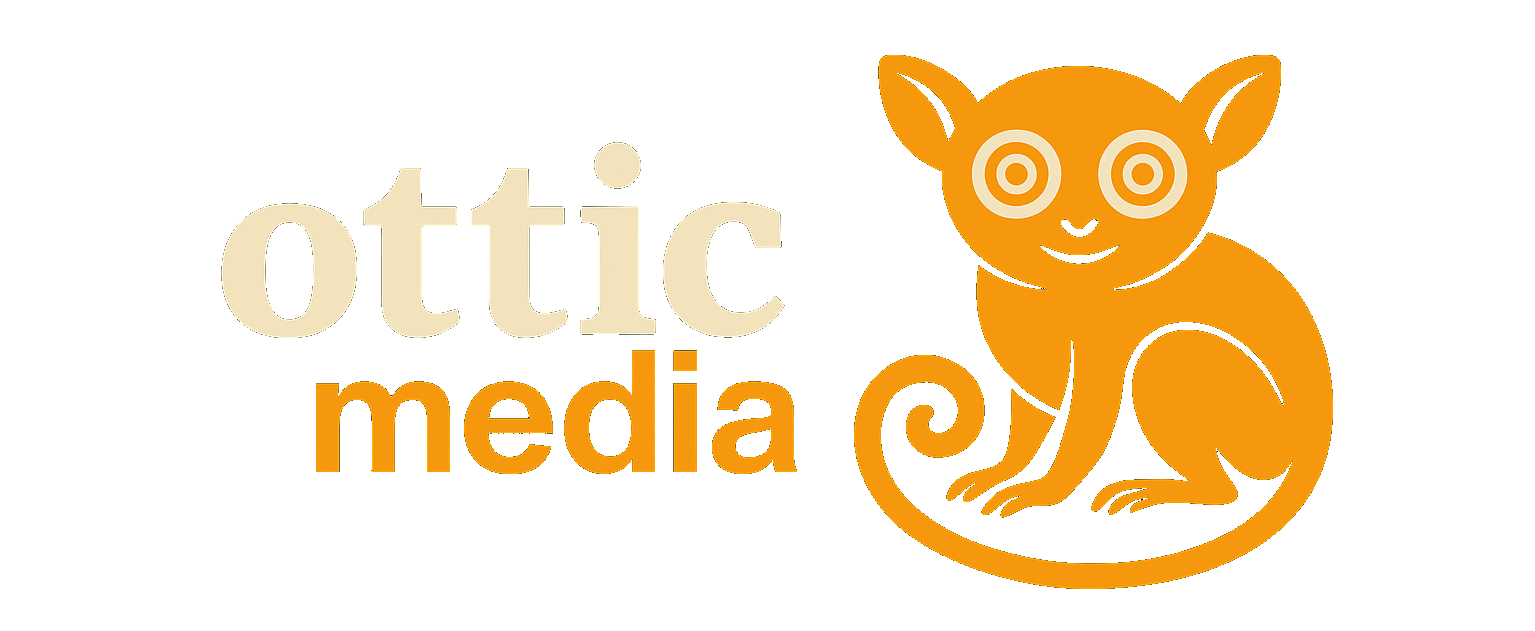
More Than a File: Selling the Transformation
The first time you make money from something AI helped you create, it feels strangely unreal. You refresh your dashboard, see the number go up, and think, Wait… did someone just pay me for that? But sustainable income doesn’t come from flashy launches — it comes from understanding that customers aren’t buying a file.
They’re buying a new version of themselves. An AI-generated budgeting spreadsheet on Etsy isn’t just about tracking numbers — it’s about feeling in control of your finances for the first time in years. An AI-crafted eBook outline sold via Gumroad isn’t really about pages of text — it’s about helping a first-time author finally finish their manuscript. Even an AI-generated set of logo variations on Fiverr isn’t about the designs themselves — it’s about a small business owner finally having a brand they feel proud to show off.
The product is the vehicle; the transformation is the destination. And the clearer you make that destination, the faster customers will get on board.
Clarity Beats Design Every Time
Whether you sell on Gumroad, Etsy, Shopify, or even through Notion marketplaces, the best-performing product pages often look underdesigned. Customers care less about glossy visuals and more about a message that speaks directly to their frustrations.
If you’re selling an AI-powered Instagram content planner, don’t lead with “Includes 30 ready-to-use captions.” Lead with “Never stare at a blank caption box again.” If your product is a set of AI-generated contract templates for freelancers, skip the legal jargon and go with, “Stop losing clients because you didn’t protect your work.”
Features fade from memory, but pain points stick — and they’re what drive people to act.
Show Up Consistently, Sell Sparingly
Daily presence doesn’t mean constant pitching. Instead, use small, sharp messages that keep the problem you solve front and center.
If you sell AI resume templates on Etsy, you might post a quick fact on LinkedIn: “Recruiters spend an average of 6 seconds deciding whether to read your application.” If you offer AI-generated product descriptions for Shopify sellers, share a mini-case study showing how one shop boosted sales after fixing their copy. The goal is to agitate the pain, not push the product.
Then, occasionally, you present the solution. This rhythm — problem, problem, problem, solution — makes your product feel like a natural next step rather than a hard sell.
Stay Human in an AI-Driven World
Automation has its place — instant delivery of your AI-generated Canva templates or ChatGPT prompt packs is non-negotiable — but customers still value genuine connection. A quick, personalized reply to a question can be the difference between a casual browser and a repeat buyer.
If someone messages you on Gumroad asking whether your AI-generated podcast show notes will work for interview-style episodes, answer them personally. Share how others have used them successfully. In a world flooded with automated responses, a fast, human reply feels rare — and rare stands out.
Keep Your Product Alive
Static products fade into the background. Living products evolve. If you sell an AI-powered social media ad copy generator on Shopify, add a “holiday ad pack” before the festive season. If you offer an AI-driven SEO blog post kit on Gumroad, update it with new keyword research techniques and let your customers know.
Announcing updates creates urgency for new buyers (“I want to get in before the next drop”) and re-engages old customers (“I didn’t want to miss this bonus”). Over time, you’ll discover the AI product that becomes your cornerstone — maybe a ChatGPT-powered business plan generator that Shopify store owners swear by, or an AI course outline builder that’s a hit with online coaches.
These products become more than one-off purchases. They turn into dependable income streams because they solve a problem so well, people talk about them — and come back for more.
Prefer watching to reading? Catch the full article breakdown on our OtticCreative YouTube channel:
